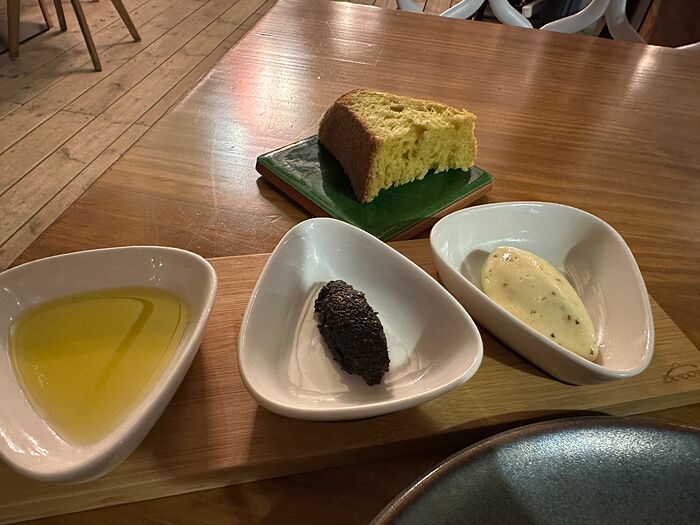Rick Steves put Arcos on the tourist map among his American readers, while Ronda has been known since the days of Hemingway, Orson Wells, Ranier Maria Rilke and as the “cradle” of modern bullfighting (Pedro Romero) and home to Antonio Ordoñez.
I first visited Ronda in 1970 as a young girl when it was still quite a small, beautiful whitewashed hill town but back then already quite well known. Now it has a population of 33,000+.
Yes, Ronda is just more quickly accessible from the coast without a car, making for an easy day trip. Multiple bus tour excursions depart from the coast daily to Ronda.
And it has become a center of wine tourism with now some 25 wineries (La Melonera, Conrad, Schatz, Descalzos Viejos, Cortijo de los Aguilares for its pinot noirs), plus olive oil tourism with a new almazara, LA Organic, designed by Philippe Starck.
We’ve happily used Ronda as a 4-5 night base for exploring the entire Serranía, for wine touring, visiting the other perched white villages, the pueblos blancos, for the Roman ruins of Acinipo, “Reserva Tauro”, the paleolithic caves of La Pileta, etc.
Although gastronomically this area (mountain cuisine) isn’t nearly as interesting to us as the Costa de la Luz, with the exception of the Michelin-starred Bardal and its casual sibling, Tragatá.
Bardal, when named Tragabuches, was where Dani García got his start, BTW.
But there are the famous Spain-wide molletes from Obrador Máximo in Benaojám that are worth the trip.
We’ve explored small Medina Sidonia several times, although for me it can’t be compared in beauty to Vejer, but that’s just a personal and probably quite biased opinion. We’ve even visited Alvaro Domecq’s ranch, his ganaderia A Campo Abierto. There are several of these in the area. Medina Sidonia is also well known for these.





























